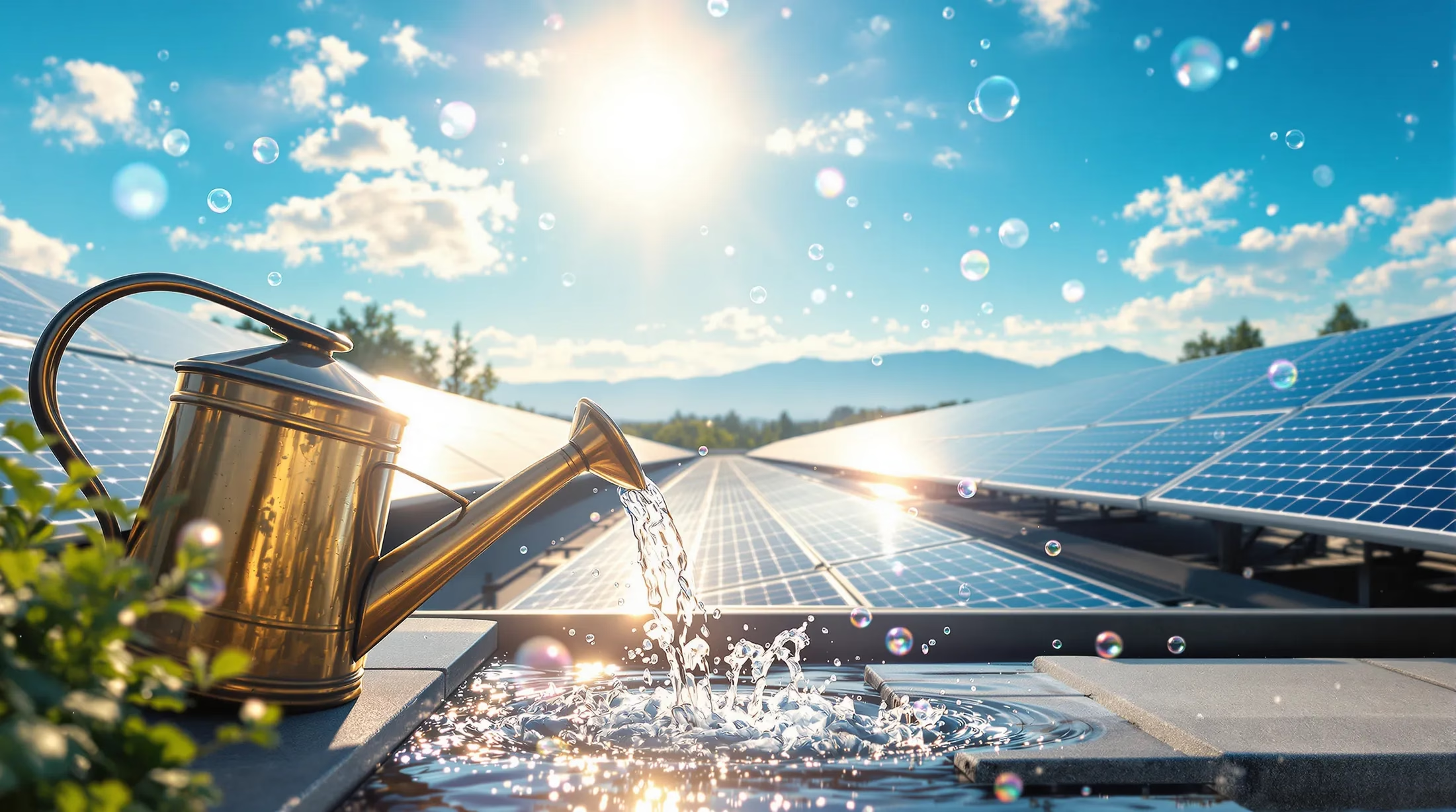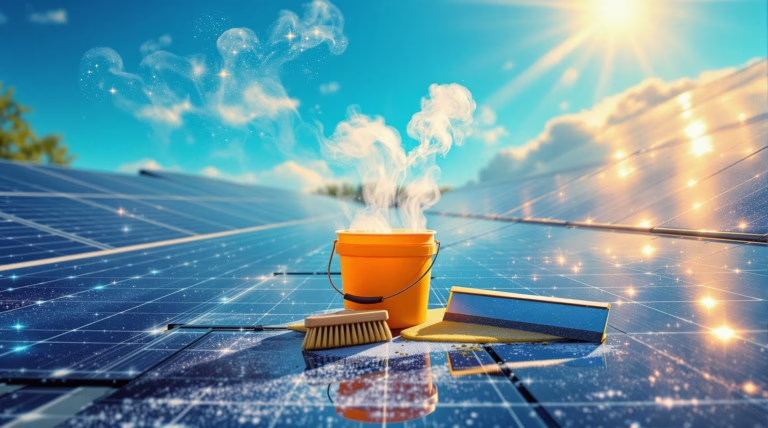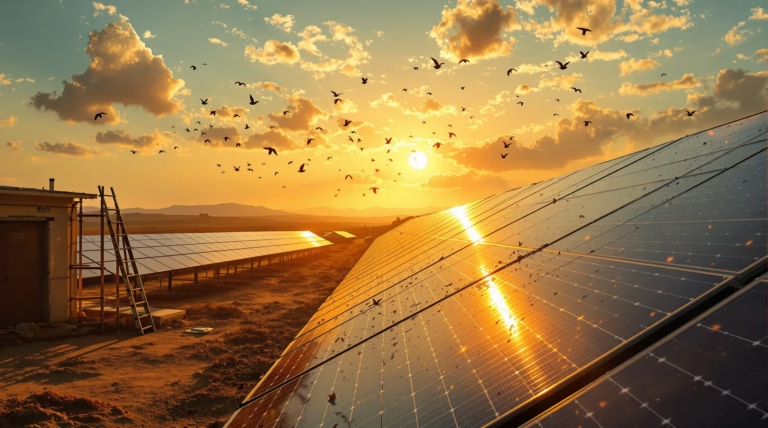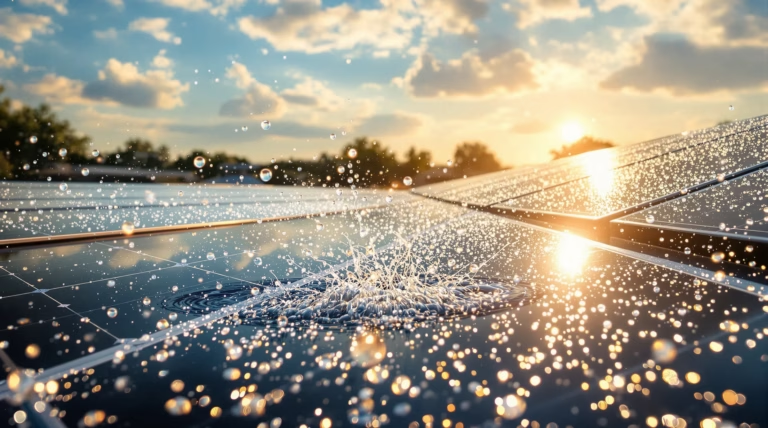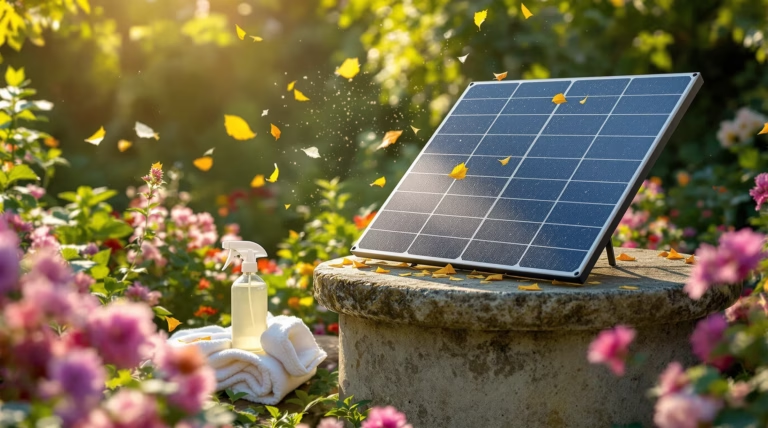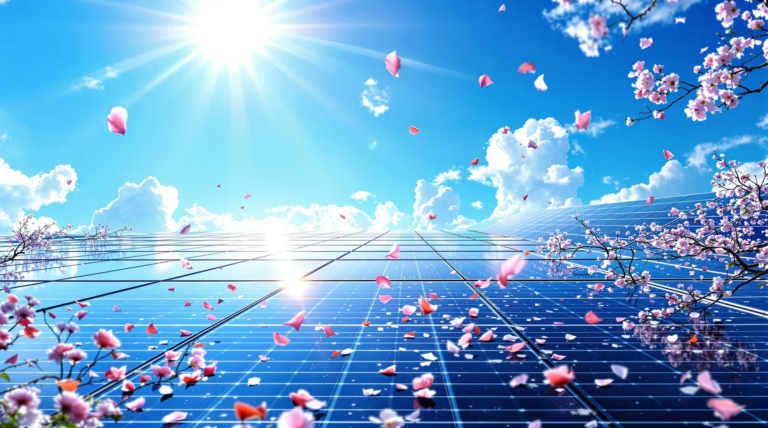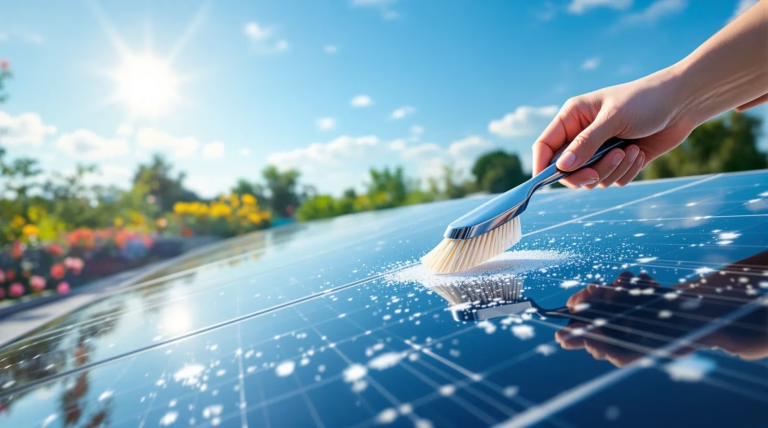Solar Panel Washing: Essential Tips for Optimal Performance
Investing in solar panels is a significant step towards sustainable energy, but their effectiveness relies heavily on proper maintenance. Discover how regular cleaning can boost your system’s performance by up to 25% and protect your long-term investment.
Why Solar Panel Washing is Crucial for Efficiency
Solar panels face constant exposure to environmental elements that can significantly impact their performance. Dust, pollen, bird droppings, and other debris create a barrier that prevents sunlight from reaching the photovoltaic cells, directly affecting energy production.
While natural rainfall provides some cleaning, it often leaves behind mineral deposits and fails to remove stubborn contaminants. Regular maintenance not only enhances immediate energy output but also extends your system’s lifespan beyond 20 years by preventing long-term damage.
Impact of Dirt and Debris on Solar Panels
Research demonstrates the substantial effect of accumulated dirt on solar panel efficiency. A California study revealed that panels left uncleaned for 145 days during summer drought experienced a 7.4% reduction in efficiency.
- Bird droppings and tree sap create damaging localized hotspots
- Uniform dust coating reduces overall system efficiency
- Improper cleaning methods can compromise panel seals
- Water intrusion from damaged seals significantly shortens panel lifespan
- Regular cleaning helps exceed conservative production estimates
Frequency of Solar Panel Cleaning
| Environment Type | Recommended Cleaning Frequency |
|---|---|
| Areas with frequent rainfall | 2-3 times per year |
| Dusty/arid regions | Every 2-3 months |
| Near highways/construction | Every 2-3 months |
| Agricultural areas | Every 2-3 months |
Methods for Effective Solar Panel Washing
Proper cleaning techniques are essential for maintaining solar panel efficiency without causing damage. The ideal cleaning time is during early morning or overcast days when panels are cool, preventing thermal shock and ensuring optimal results.
DIY Solar Panel Cleaning Techniques
- Shut off system according to manufacturer guidelines
- Remove loose debris with soft brush or gentle leaf blower
- Use mild soap solution with lukewarm water
- Clean with soft sponge, microfiber cloth, or non-abrasive brush
- Rinse with distilled or deionized water
- Use squeegee to prevent water spotting
Professional Solar Panel Cleaning Services
Professional services offer comprehensive maintenance solutions with trained technicians and specialized equipment. They provide thorough inspections, identify potential issues early, and use appropriate cleaning methods that maintain warranty validity.
- Utilize purified water systems and specialized cleaning solutions
- Perform comprehensive system inspections
- Identify micro-cracks and loose connections
- Offer scheduled maintenance programs
- Provide safe access to difficult installations
Choosing the Right Solar Panel Cleaning Equipment
Selecting appropriate cleaning equipment is essential for maintaining your solar panels without causing damage. The ideal toolkit includes a soft brush with an extension handle for removing loose debris and a standard garden hose for rinsing. This combination provides sufficient cleaning power while avoiding the potential damage that high-pressure washers can cause to sensitive panel surfaces and seals.
- Soft-bristled brushes designed for delicate surfaces
- Telescopic poles with adjustable angles
- Extension handles for ground-level cleaning
- Standard garden hose with gentle spray settings
- Non-abrasive cleaning attachments
Environmentally Friendly Cleaning Solutions
| Solution Type | Benefits |
|---|---|
| Biodegradable soap mixture | Breaks down dirt without harmful residues |
| Rainwater | Naturally soft, free from minerals |
| Distilled/deionized water | Prevents mineral deposits |
| Specialized solar cleaners | Formulated for tough biological matter |
Tips for Maintaining Optimal Solar Panel Performance
Maintaining solar panels extends beyond regular cleaning—it requires a comprehensive approach to ensure your system continues to generate maximum energy for years to come. A structured maintenance plan that includes cleaning, inspection, and performance monitoring can extend your system’s productive lifespan beyond the typical 25-30 year warranty period while maintaining higher efficiency.
Regular Inspection and Maintenance
- Quarterly visual examinations for microcracks and discoloration
- Inspection of mounting hardware and frame integrity
- Monitoring of surrounding shade sources
- Checking wiring connections and junction boxes
- Verifying inverter cooling system functionality
- Annual professional evaluation for larger systems
Monitoring Energy Output
Track your system’s performance through dedicated apps or web portals that monitor daily, monthly, and annual output. Establish a baseline during ideal conditions and watch for unexpected drops exceeding 10-15% that might indicate maintenance issues. Consider installing a dedicated camera system for continuous physical monitoring, allowing you to spot accumulating debris or snow cover without roof access.
Advanced monitoring systems can analyze individual panel performance, creating a precise maintenance strategy that combines preventive care with targeted interventions. This comprehensive approach ensures both immediate efficiency and long-term value of your solar investment.

